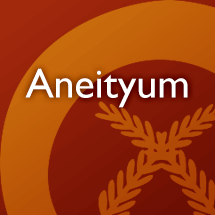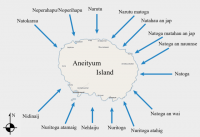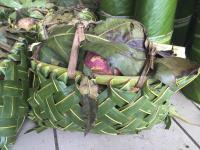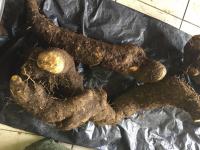An example search has returned 100 entries
achachadaliek
adj. tempestuous at sea
bookmarkapitak
v.n. go after
bookmarkatause
v.n. to go ashore
bookmarkelwa nieg
v.n. to blossom as reeds
bookmarkimjav
adj. soft, over-ripe, as breadfruit.
bookmarkingaije
n. kind of tree
bookmarkinhamese an neaig
n. an old coconut
bookmarkinhamesei
n. the name of a native plant
bookmarkinhupau
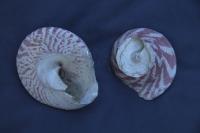
inja
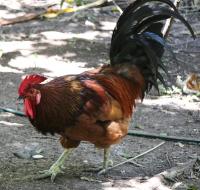
inmal ahapol
n. a group of cultivations
bookmarkinpa
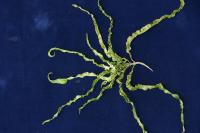
n. shrub, 1. 25 m tall (collection: Gregory M. Plunkett #3525)
Example: The young leaves are edible, after boiling for 5 minutes. A piece of coconut and a pinch of salt is wrapped in the leaves and eaten. The mature leaves are used to wrap food such as pig or cow meat and cooked in an earth oven. Tie this bundle with a piece of Pandanus fiber to secure it before putting in the earth oven. Both the green and ripe fruits are edible. This plant is used in kastom ceremonies. For a peace ceremony, if there is an argument, then this leaf is used to make peace between the parties. For many ceremonies, put on top of taro, kava or food pile, . For peace ceremony, when a person has food in an offering, give a branch of this plant to the other party to symbolize that the conflict is over. It is a "message plant" that conveys a meaning that people do not have to say out loud. When a stranger walks through a village with this plant in his or her hand, people know there is no threat or problem. When a young man first shaves, people give him a necklace of this plant. In the old days, hair was pulled out of young men, now people use razor blades.
bookmarkinpa

n. shrub. Growing in the village. Cultivated. (collection: Ashley A McGuigan #26)
Example: 1a. To stay healthy while pregnant - grate 1 coconut with nekei leaves, about a handfull (8). And 8 inpa leaves and 8 niditau leaves. Pound all of this together and squeeze juice out and bath in this then jump into a clear river to wash it off. 1b. Handful of leaves mashed with grated coconut and put in a shell, heat stones and put in shell, then take hot liquid to rub on body of woman who have just delivered to make their bodies healthy again, back to normal – when they deliver they are in huts, then wash with this and then come out of the huts and rejoin family. 2. Symbolic plant for peace (name means peace). 3. Message plant – put small tips of leaves in hair or make hat out of it and people know you come in peace. 4. When giving a gift, put this leaf on the gift, as in a basket – people wear them they are happy and peaceful – it is symbolic of Aneityumese people – so even when the people leave the island they will grow this plant. 5. People bathe with this leaf, mixed with grated coconut and cover body and hair to smell good and be strong. 6. Mosquito repellant, build fire, put green leaves on top, smoke and aroma chases mosquito away. 7. Take top of leaf with 3 young leaves and put in hair as there is the belief that this plant symbolizes the trinity. So it protects people. If a person from the island goes elsewhere and is faced with black magic they bathe with a handful of leaves, boil them and bathe with the liquid to remove the spell. 8. Decorate people with this leaf day feasts, weddings, and other events – very sacred.
bookmarkintak apnyin
n. the following day
bookmarkintal yag
n. kind of taro
bookmarkintisian
n. a flower
bookmarkinyirigwai
n. kind of plant, grass, or fern
bookmarkitounga
kidie ~ kithi
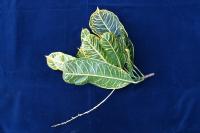
n. shrub, 1. 5 m tall (collection: Gregory M. Plunkett #3205)
Example: 1. Plant this tree at each of the four corners of a fence to keep your pigs in and protect against a type of bad luck. If a man sleeps with his wife who is having her period, and then the man goes to see the pig, the pig will suffer and not grow strong and not have many piglets. So the presence of this plant controls against bad luck that others can bring to your pig farm. 2. This is an ornamental plant grown around the home. Sticks of this plant are planted around the outside of the garden and grow to create a fence, to protect the crops and keep them healthy, as well as protect the crops from people that are not cleansed in the ritual way. 3. This species is also planted around the house to add color and is very decorative in general. 4. For fertilizer in taro holes for water taro. For baly(?) taro and water taro, lay these flat on the surface of the charcoal, then lay the food – taro, cassava – on this and cover with another layer, add hot stones and cook. 4. Pig food, goat food.
bookmarkmaputu-ligighap
n. the stem of a coconut leaf used for a butt
bookmarknadi adiat upni
nahmas
n. kind of plant, grass, or fern
bookmarknahtancai
n. shrub; small plant
bookmarknake
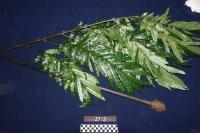
namarai
n. preserved breadfruit
bookmarknamesei
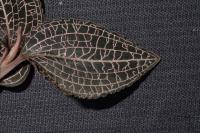
narutu umlai
n. wind-related term; no definition provided
bookmarknasjiramnem
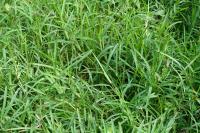
n. grass to 20-30 cm tall, florets brown. Growing along trail. (collection: Michael J. Balick #4970)
Example: This plant is used to make a medicine to stop bleeding, as a styptic. Squeeze a handful of leaves together and apply the leaves as a poultice to the wound or drip the juice on the wound when it does not seem wise to put pressure on the bleeding. This will stop the blood from flowing from the wound and is only to be used on a small wound.
bookmarknategpece
n. kind of plant, grass, or fern
bookmarknau
n. high mountain
bookmarknaupiñiña
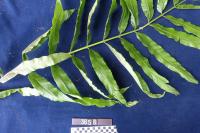
n. terrestrial fern, growing in secondary forest along the river. Leaves c. 2. 25 m long. (collection: Gregory M. Plunkett #3656)
Example: Put several leaves of this species together to wrap food, especially the fresh water eel, and to carry plants of taro, kava, holding the leaves over one’s shoulder to carry these crops.
bookmarknefelelicai acen
n. hemlock
bookmarkneri itai
n. leaves; grass
bookmarknese
n. the takoma or tekma, a tree with white flowers
bookmarknesei
n. forest
bookmarknetcetec
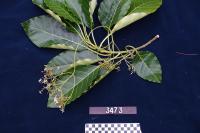
n. trees, 3-4 m tall (collection: Gregory M. Plunkett #3473)
Example: 1. This species is excellent for firewood as it gives off less smoke than other types of wood. 2. The wood is good for making roof rafters on which to tie thatch. 3. Use this for planting pole, for taro, cane, and kava.
bookmarknigyi neto
n. the chewed fiber of sugarcane
bookmarknijiga
n. a branch of red coral
bookmarknijom hubou
nilam
n. seaweed
bookmarknimhag
n. branch (large)
bookmarknimtinjap
n. wind
bookmarkniperap
n. kind of plant, grass, or fern
bookmarknipyipei
n. kind of plant, grass, or fern
bookmarkniridunumu
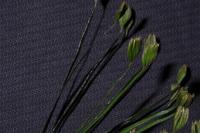
n. terrestrial fern, growing along ridge in dense rainforest. (collection: Gregory M. Plunkett #4121)
Example: 1. The name means "fish gill". When one acquires a culture-bound illness, caused by possesion of the sea devil, this plant is used to prepare a remedy. Further information about the illness and remedy withheld.
bookmarknisalau
n. blossoms on breadfruit
bookmarknisjau
n. kind of tree
bookmarknodieg
n. a bundle of reeds; also "nohudieg"
bookmarknohos yau

nopna

[nopɲa] n. Red-Bellied Fruit Dove
Example: Sub-adult Red-bellied Fruit Dove. Photo by Papier K / Wikimedia Commons, License: CC BY-SA 3.0 via Wikimedia Commons
bookmarknopropra (~ noporopora ?)

nop̃a
[nok͡pa] adj. grey ash (color)
bookmarknop̃ou

n. tree. Found in the village, usually grows in the hills. (collection: Ashley A McGuigan #16)
Example: 1. Lot of oil in the heartwood so it is good to start a fire, split it into small strips and you can light it for a fire. 2. Calendar plant – when the fruits ripen people know that this is the best season to eat the big hermit crab – meaning that they are fat.
bookmarknuarin abras
n. cliff
bookmarknuhonwei

passion fruit
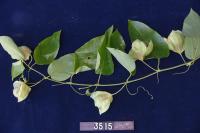
n. liana climbing on broken mango tree, growing in forest at edge of wide tidal stream (collection: Gregory M. Plunkett #3515)
Example: 1. The ripe fruit of this plant is edible. It was introduced to the island and is considered a foreign vine. 2. 4 leaves of this and 4 leaves of Annona muricata and boil in water and let get warm and wash children when they have measles and fever. Edible fruit – very sweet.
bookmarktilcenayi
n. full moon
bookmarkwaleh
n. a sweet potato
bookmarkwamhau
n. kind of taro
bookmarkwiwi
n. kind of breadfruit
bookmarkyasua
n. kind of taro
bookmark